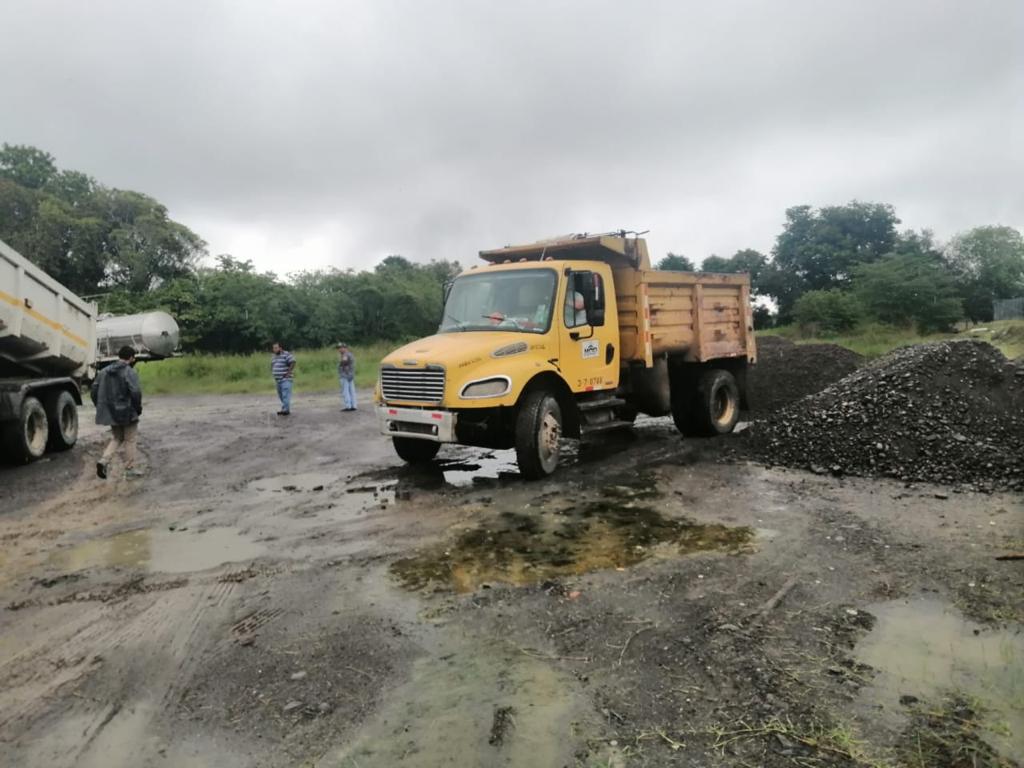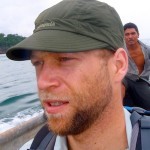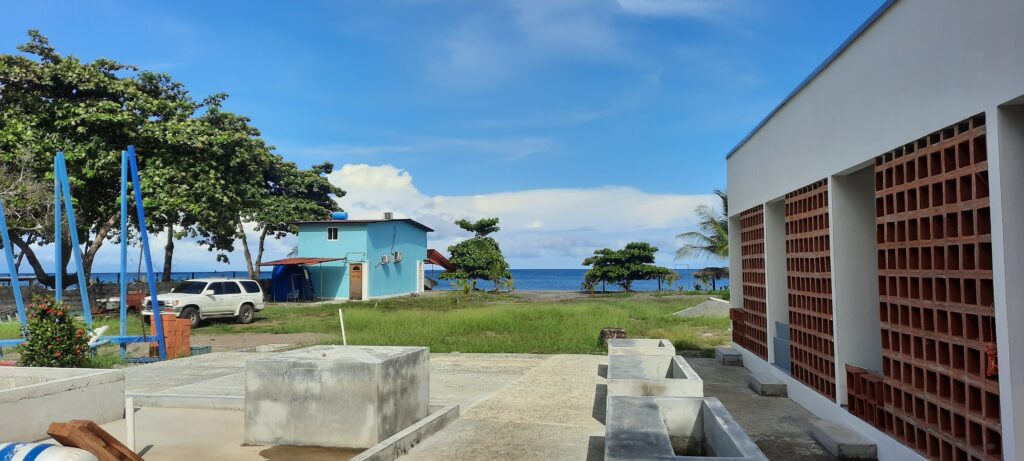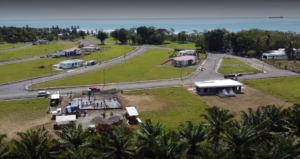
In our previous posts, we’ve been discussing the 5 Stages of Land Development that all expat communities go through as they transition from locally-owned farmland to full-blown established towns. This model is one my business partner and I developed to use as a tool when evaluating and comparing properties all over Central America.
The 5 stages outline the entire progression that emerging markets generally follow, a process which generally takes around 20 years. By knowing where a particular piece of property fits into the market stages model, you can better assess its potential for appreciation, determine what it needs to reach the next stage, and better time your investments to maximize your profit potential.
For instance, property in Stage 1 is owned mostly by locals who use the land for farming and see very little value beyond its agricultural capacity. It’s difficult to purchase this kind of land, but pioneers and large land investors are often willing to do so when they see a place that’s screaming with potential and could ultimately appeal to a wide range of buyers, taking the property into Stage 2 of the model.
When those early investors begin to parcel off their land to sell to other entrepreneurs or just your everyday expats, the area moves into development Stage 3. In this phase comes the beginning of basic infrastructure projects, and possibly even a few privately-owned homes. When larger developments, like housing communities or businesses that cater to tourists, start to appear, the property is well on its way to Stage 4 of our model.
Stage 4 – Established Expat Community
Areas that have moved into phase 4 of our Market Stages, continue to experience more of the same growth that began in Stage 3. In many cases, it’s exponential. With population growth comes all the essentials needed to support a community. Businesses like restaurants, grocery stores, and retail shops begin to pop up. As these establishments open, even more residents are drawn to the area.
As the area grows, it draws the attention of tourists who visit the area to see what all the fuss is about, prompting the addition of hotels and other establishments that cater to tourists. When increasing numbers of these visitors decide the area is a place they’d like to call home, even more residential housing is built.
As a result, even larger businesses begin to open up shop in the area. With services like banks, medical clinics, repair shops, and internet cafes, the area is no longer a place with mere potential. It’s an established community, ready to attract a myriad of buyers, and often heavily dependent on tourism for its revenue.
Those who buy property in Stage 4 range from individuals who purchase a home in a gated community to entrepreneurs who want to open a yoga studio or restaurant serving fusion cuisine. What the pool no longer includes are investors hoping to make a profit simply by flipping undeveloped land. In Stage 4, it’s almost always necessary to build to make money (unless you’ve owned the property since one of the earlier stages).
What Signals the Transition to Stage 5?
Stage 4 properties have virtually all the services and amenities needed to live. In fact, many of the most highly coveted expat destinations in Central America are in Stage 4 of our model. However, there’s always the potential for more growth. Those areas that do progress all the way to Stage 5 of the model are the cities where demand warrants the addition of advanced infrastructure or those towns that attract large retail chains.
In the final stage of development, areas begin to resemble a bustling metropolis, complete with top-notch infrastructure, successful commerce, and first-world amenities.
ABOUT THE AUTHORS
 Josh Linnes and Park Wilson have scouted more than 3 million acres of property, driven the Pacific Coast on investment scouting trips from Mexico to Ecuador, purchased 8 miles of coastline, completed successful real estate projects and most recently, created a Free investment hand book called Pay Dirt! where you can learn to invest like a pro. Get your copy today before this limited offer ends.
Josh Linnes and Park Wilson have scouted more than 3 million acres of property, driven the Pacific Coast on investment scouting trips from Mexico to Ecuador, purchased 8 miles of coastline, completed successful real estate projects and most recently, created a Free investment hand book called Pay Dirt! where you can learn to invest like a pro. Get your copy today before this limited offer ends.
These are the masterminds behind the Playa Burica development, south of Puerto Armuelles. There is a fixer-upper beach house for sale under $100,000, and a couple of lots for sale.
For information about properties in all stages contact: Debbie@visitPuertoArmuelles.com

